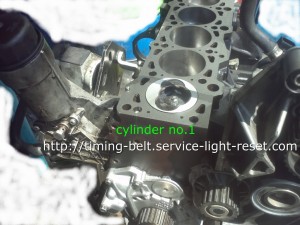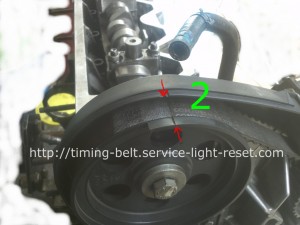Many of today’s autos have timing belts. If you keep up with all the necessary services today’s automobiles are engineered to last well over 100,000 miles. Your auto, being in good shape now has 50,000 plus miles on it and you plan on keeping it. You will now have to consider the big expensive service. The Timing Belt.
This timing belt is made of the same basic materials that the other drive (fan) belts are made of. The timing belt is probably one of the more expensive and more important maintenance items you will have to do. Follow your manufacturer’s time and mileage recommendations for this service. Many of today’s engines are called “interference engines”. This means if your timing belt skips or breaks the valve and pistons are no longer in sync and will hit each other causing very extensive damage internally to the point of having to replace the complete engine itself.
If you plan on replacing the timing belt yourself you best be very mechanically inclined. Replacing this belt on a four cylinder engine is not all that difficult if you know what you are doing. Replacing this belt on a six cylinder engine, especially a transverse engine, can be over bearing for the average backyard do-it-yourselfer. If the engine is not an interference type and belt timing is off by a few teeth the worse that will happen is the engine not running properly and the belt has to be re-timed. If the engine is an interference type and the belt is off by too many teeth the valves and piston will hit each other, so by trying to save money you have just ruined the entire engine. Think twice or three times before attempting this belt replacement by yourself. Some things are better left to pros even if it costs more. Don’t forget, at least this way you have a certain warrantee on the repair should something go wrong.
Choosing not to do the timing belt when the service is due can lead to the same engine damage should this belt skip a few teeth or break from age




